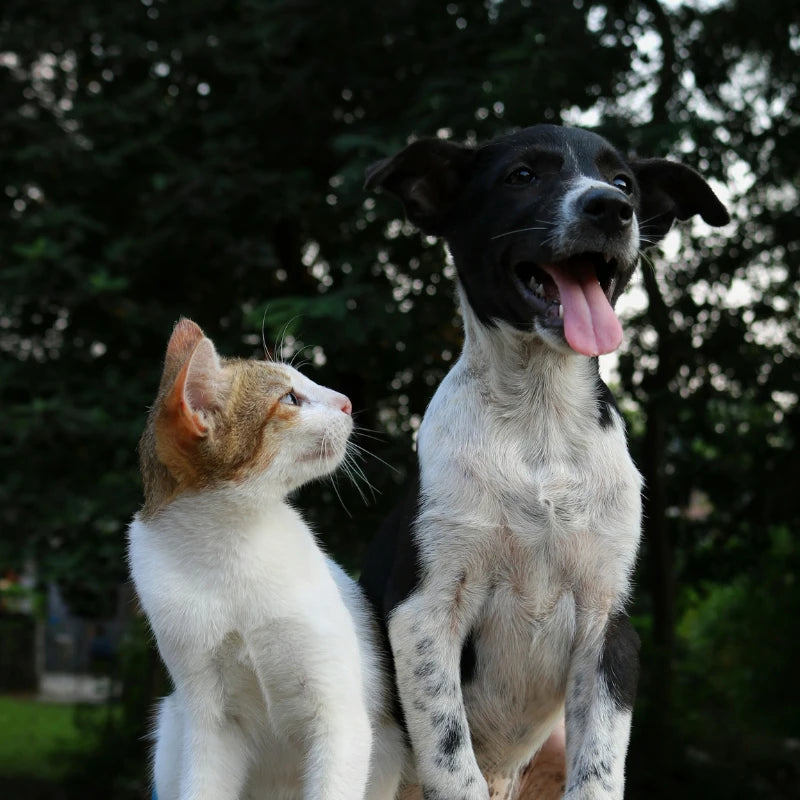How Often Should I Bathe My Short Haired Dog

Most short-haired dogs need a bath every 1–3 months.
That’s usually enough to keep them fresh without drying out their skin.
Imagine it this way: if your pup spends most of their days lounging on the couch, they can go longer without a bath. But if they’re the kind who races through muddy fields or splashes in every puddle, you’ll be grabbing the shampoo more often.
How to Tell If Your Dog Needs a Bath?
If you’re not sure where your dog falls in that range, here’s a quick 3-step check you can do anytime:
-
Smell test: Give your pup a cuddle. If that classic “doggy smell” lingers on your hoodie, it’s bath time.
-
Coat feel: Run your hand down their back. A clean dog feels smooth, while a greasy coat sticks to your fingers.
-
Lifestyle check: A backyard explorer? Think monthly. A Netflix buddy? Every 2–3 months is fine.
The 30-Second Skin Test

Short Haired Dog Breed-Specific Guidance
Pugs, Boston Terriers
Prone to oily skin. They often need a bath every 4–6 weeks to stay comfortable.
Greyhounds, Dobermans
Sleek, low-odor coats. They can happily go 2–3 months between baths.
Dogs with allergies or skin issues
Your vet may suggest medicated baths, sometimes even weekly.
Why Over-Bathing Is a Problem
Bathing too often isn’t a “cleaner is better” situation. Think about washing your own hands a hundred times a day—they’d get dry, cracked, and uncomfortable. For dogs, over-bathing strips away the natural oils that keep their skin healthy. The result?
-
Dry, flaky skin
- Itching and scratching
- A dull-looking coat
Keeping Them Fresh Between Baths
You don’t need to drag your dog into the tub every time they get a little messy. Try these in-between tricks:
-
Weekly brushing: Even short coats shed, and brushing spreads natural oils for shine.
-
Pet wipes: Perfect for muddy paws after a rainy walk.
-
Spot cleaning: A damp cloth works wonders on dusty bellies or dirty faces.
Conclusion
For most short-haired dogs, the sweet spot is every 1–3 months. Use the sniff, feel, and lifestyle test to fine-tune it for your pup. With the right balance, you’ll have a dog who’s clean, comfortable, and always ready for couch cuddles or outdoor adventures—without the stink.
FAQs
1. Can I bathe my dog every week?
Not unless your vet tells you to. Weekly baths can dry out skin fast.
2. How do I know when it’s really bath time?
Trust your senses: if they smell, feel greasy, or just rolled in something suspicious, grab the shampoo.
3. My dog hates baths. Any tips?
Keep it short and sweet. Use treats, praise, and maybe even a peanut butter lick mat on the shower wall to turn bath time into a positive experience.





Leave a comment